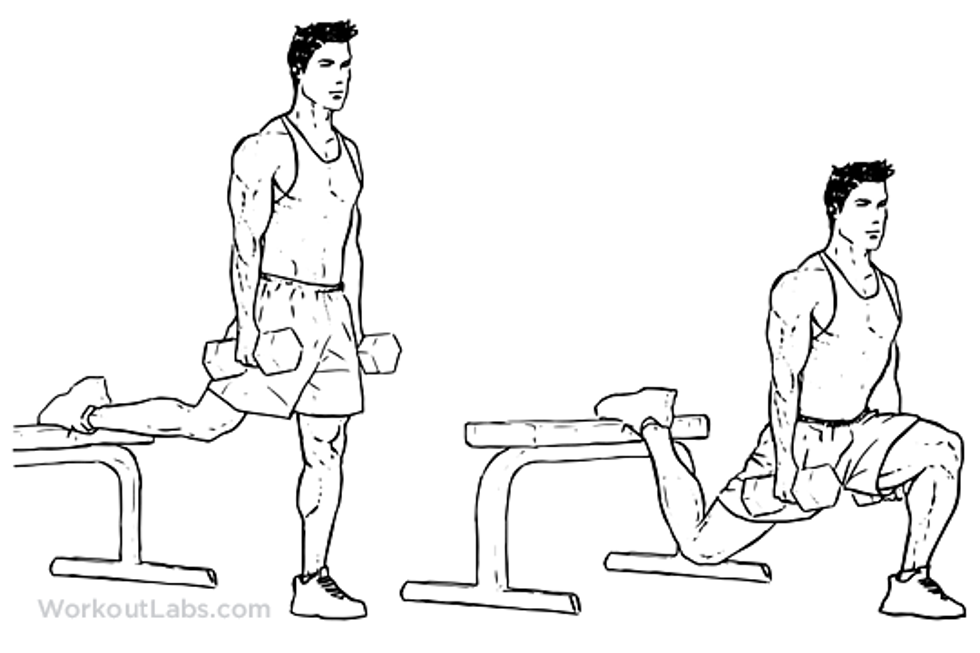Training for agility has become one of the most popular and most watched fitness videos on Facebook and especially Instagram. 15-second videos of crazy backward ladder drills, combined with single leg weighted box jumps and complex hurdle exercises. Although these videos are entertaining to watch, they miss the point of really training for agility.
True agility is the ability to react quickly and respond to an external stimulus. The dictionary definition is “the power of moving quickly and easily; nimbleness.” Although these videos may seem cool, anyone can memorize a sequence of foot movements in and out of a ladder. Training for real agility should involve some type of cue to initiate movement from an outside source. This can be a whistle, someone shouting, or a visual cue like the drop of a ball. Fancy ladder drills will fail to have any on-field carryover if they remain just a predictable and memorized pattern.
Ladder drills can often be a great way to fire up the CNS before a workout, but their agility potential beyond that is limited by the lack of unexpected surprises. Often times the person running through the ladder is so focused on what their feet are doing that they barely gaze forward during the exercise. I guarantee that no matter how quick your feet are if you run with your head down staring at your feet in any sport, you better get used to getting laid out, having the ball stolen, or finishing last in any race.
The second component of getting better at agility is growing stronger. Everything in fitness and sports performance ties back into strength. You need to create enough strength to overcome the inertia, the resistance to change direction so that you can cut quicker and harder. Eccentric lower body strength is especially important when it comes to agility. Your body goes through three different movements when performing an exercise or playing on the sports field. There is concentric, which is the shortening of the muscle or the decrease of the joint angle; isometric, where there is no change in the muscle length or joint angle, and the eccentric, where they muscle lengthens and or the joint angle increases.
Eccentric strength is important for agility because when you are trying to cut or change the direction your body needs to be able to absorb the momentum you already have, but also be able to transfer that energy into the new direction that you want to go. Training each motion (concentric, isometric, and eccentric) separately is another way to increase power and performance, but when it comes to agility, eccentric strength plays a very important role.
Here are a few higher caliber and true agility exercises that you can work into any program to become faster and agiler on the field or court:
Sprint Direction Cues:
Set up facing a coach or training partner about 10 yards away. When they point toward you backpedal, when they point backward over their shoulder sprint forward. When they point to your left spring left. When they point to your right spring right. Do this for 10-15 direction changes, take a break, and then perform a few more rounds. This is a great way to improve on-field agility and your reaction time.
Iso-hold Bulgarian Split Squats:
I got this exercise from a podcast by Joe DeFranco. It is a great way to improve lower body strength and agility. To perform this exercise, set up like you would for a normal Bulgarian split squat. Lower down into the bottom position and hold there for 3-5 seconds. After this, you can shoot up and return to the top of the exercise on your own, or perform this exercise even better; you can stay at the bottom for four or five seconds and wait until your coach or training partner tells you to explode up. This is a way to both develop lower body strength and improve your reaction time.
2-Arm Ball drop:
Set up standing about 10 feet away from a coach our training partner in an athletic position. Your partner should have two tennis balls in their hands which they will hold outstretched to either side of their body. When your partner drops one of the two balls sprint forward and try to catch it before it bounces a second time on the ground. Having two balls introduces and unpredictability into the drill, and forces your body to react faster than your brain can process which ball has been dropped. As you improve in this drill, you can start to stand farther and farther away to increase the difficulty of reaching the ball before it bounces for a second time on the floor.






















